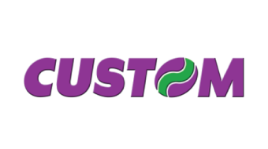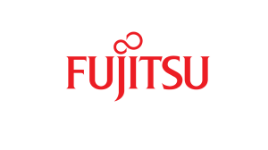Color barcode ribbon ink
Color barcode ribbon ink plays a crucial role in various industries for labeling, tracking, and organizing products and information. The choice of color and type of ribbon ink can significantly impact the readability, longevity, and overall effectiveness of the printed barcode or text. Here are some additional details and considerations regarding color barcode ribbon ink:
Types of Ribbon Ink
- Wax Ribbons: Ideal for standard printing on paper materials, offering good quality at a lower cost. However, they are less resistant to smearing and environmental factors.
- Resin Ribbons: Provide the highest durability against chemicals, temperature, and abrasion. Suitable for use on synthetic materials, making them ideal for outdoor or harsh environments.
- Wax/Resin Ribbons: A compromise between wax and resin, these ribbons offer better durability than wax alone and are more cost-effective than pure resin. They work well on both paper and some synthetic materials.
Color Applications
- Branding and Aesthetics: Colored ribbons can be used to print logos, decorative patterns, or to match the company’s branding colors, making the product or label stand out.
- Functional Uses: Colors can serve specific functions, such as highlighting important information, categorizing items for quick identification, or complying with industry standards that require certain colors for specific types of information.
- Security and Anti-counterfeiting: Unique color combinations or special color patterns can act as a security feature to prevent counterfeiting or unauthorized reproductions of high-value items.
Considerations for Choosing Color Ribbon Ink
- Substrate Compatibility: The material of the label or tag (substrate) must be compatible with the ribbon ink to ensure proper adhesion and durability.
- Print Durability Requirements: Depending on the application, consider how resistant the print needs to be against handling, environmental conditions, and chemicals.
- Printer Compatibility: Ensure the ribbon is compatible with your specific thermal transfer printer model, as this can affect print quality and printer lifespan.
- Cost: Colored ribbons may be more expensive than black ribbons. Consider the budget and the added value of using color in your application.
Industry Applications
- Retail: Color coding for price markdowns, product categories, or promotional items.
- Healthcare: Patient identification, specimen labeling, and critical healthcare information.
- Manufacturing: Tracking parts and products through the manufacturing process, safety information, and quality control.
- Logistics: Distinguishing between shipping routes, priority shipments, and handling instructions.
In conclusion, the use of color barcode ribbon ink extends beyond mere aesthetics, providing functional benefits that can enhance efficiency, security, and brand recognition. The selection of the appropriate ribbon ink requires careful consideration of the application's specific needs and conditions.
The number of colors available for barcode ribbon inks in thermal transfer printing can vary depending on the manufacturer and specific product lines. However, the most commonly available colors beyond the standard black include:
- Red
- Blue
- Green
- Yellow
- White
- Silver
- Gold
Some manufacturers may offer additional colors, including various shades of the above basic colors, to meet specific customer needs or industry standards. It's also possible to find specialty colors like orange, purple, pink, and gray among the offerings from certain suppliers.
The availability of a wide range of colors supports different applications, from branding and product differentiation to compliance and safety labeling. If you have a specific color requirement, it's best to check with ribbon suppliers or manufacturers, as they might be able to provide custom solutions or guide you to the best match for your needs.






















































